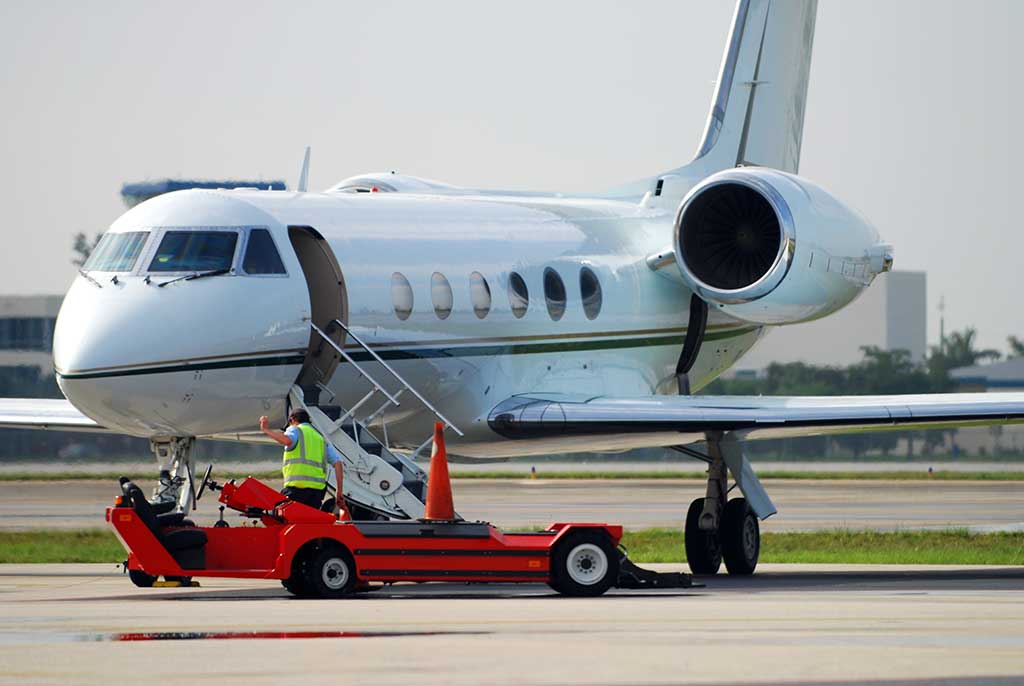There are few jobs on Earth that demand as much responsibility as air traffic controllers. They may never have met the many thousands of men, women and children travelling by aircr
Air traffic control
There are few jobs on Earth that demand as much responsibility as air traffic controllers. They may never have met the many thousands of men, women and children traveling by aircraft on any given day, yet their fates are in their hands. Split-second decisions are an essential component of these autonomous roles, the anonymous saviors passing like ships in the night with passengers blissfully unaware of the intense scrutiny dedicated to their flight paths. Atlanta International (ATL) ranks as the busiest commercial airport in the world with 950,119 flights in 2012 and an average of 2,603 flights a day. ATL served over 95 million passengers in 2012. Source Unfortunately, it is only natural that human error plays its part in the testing careers of air traffic controllers. Miscommunication is an unavoidable consequence with the number of aircraft utilized in the modern era. From the 1977 Tenerife airport disaster to 2001s mix-up at Linate and beyond, there are a number of factors that can contribute to an error in communication and this can sometimes have fatal consequences. An article by Karen Schwartz of the Seattle Times explored the issue of similar-sounding words having an effect on interpretation:
By not following approved terminology, two phrases can sound very similar, like ‘on the hold’ and ‘on the roll.’ A pilot, after being told to move into position on the runway and hold, should respond ‘position and hold.’ Some pilots respond: ‘On the hold.’ And in being given clearance for takeoff, a pilot should repeat: ‘Cleared for takeoff.’ Instead, some will respond: ‘On the roll.’
Clear communication is key

Automatic dependent surveillance-broadcast (ADS-B) is one part of FAA’s NextGen air traffic control system required for large aircraft in Europe by 2015 and 2020 in USA.
The future of ATC is, therefore, unified worldwide communication in a single language aimed at minimizing the amount of miscommunication. The benefits of ATC-specific commands are obvious; with all countries singing from the same hymn sheet misunderstandings will become increasingly infrequent. This will help to ease the stress of day-to-day ATC and, in rare circumstances such as the bomb explosion that preceded the aforementioned Tenerife disaster, all parties will be universally better-equipped for emergencies. In keeping with this united front, movements have been made to update what some parties have labeled a rather dilapidated system that relies on radars, dating back to WWII. Paul Takemoto, a Federal Aviation Administration spokesperson, said that “the current radar-based system dates back to the Second World War, and this is the next quantum leap in air traffic control, from bonfires to flags to radios to radars to satellites.” Their $22 billion baby will be rolled out until 2025 by which point studies have estimated airport traffic may have doubled from 2008 figures. However, critics have pointed out that this will do little to curb the increased airport traffic and will essentially solve a problem where none exists.
GPS, for all of its benefit, is not going to help when you have the same amount of runways and ground infrastructure,” Doug Church, head of the National Air Traffic Controllers’ Association, was reported to state in the New York Times—“You can put as many extra planes in the air that you want. They still have to line up a minute apart at a super-saturated airport that has a finite capacity to handle aircraft.
Next Generation Automatic Test System (NGATS)
Amidst this controversy the FAA seems to be powering through with the system known as Next Generation Automatic Test System (NGATS) with the US Army receiving their first system as early as 2012. This is a fact that is reinforced by the recent comments of Jorge Ferrand, director of Advanced Programs at the Test Bed on Embry-Riddle’s Daytona Beach Campus. “When you look nationally at all airports and all airlines including NextGen, the multiplier results are dramatic” he said. “This is one reason why many of us refer to NextGen as ‘NowGen’ – results are being realized now.” Clearly, there is resistance to the movement with representatives such as the aforementioned Doug Church indicating that many feel there are more pressing issues. Fundamentally, however, the industry is moving forward as one and it is vital that there is cohesion across countries and continents for long-term results. The Aerodays 2011 conference in Madrid examined a range of subjects exploring the future of air traffic control. David McMillan, Director General of EUROCONTROL, waxed lyrical about his vision for unity across the globe that he labeled “the single European sky in a global aviation network”. Towards the end of his impressive monologue he concluded that “over the years, we’ve learned that if we try to optimize at a national level, then we miss out at a European level. And, in my opinion, in the same way, if we try to optimize just in any one region, we will miss out at a global level. Now we have a remarkable breadth of research talent here in Europe. And we need to do all we can to support that talent and make sure it results in a real economic benefit.”Image 1 SourceImage 2 Source








